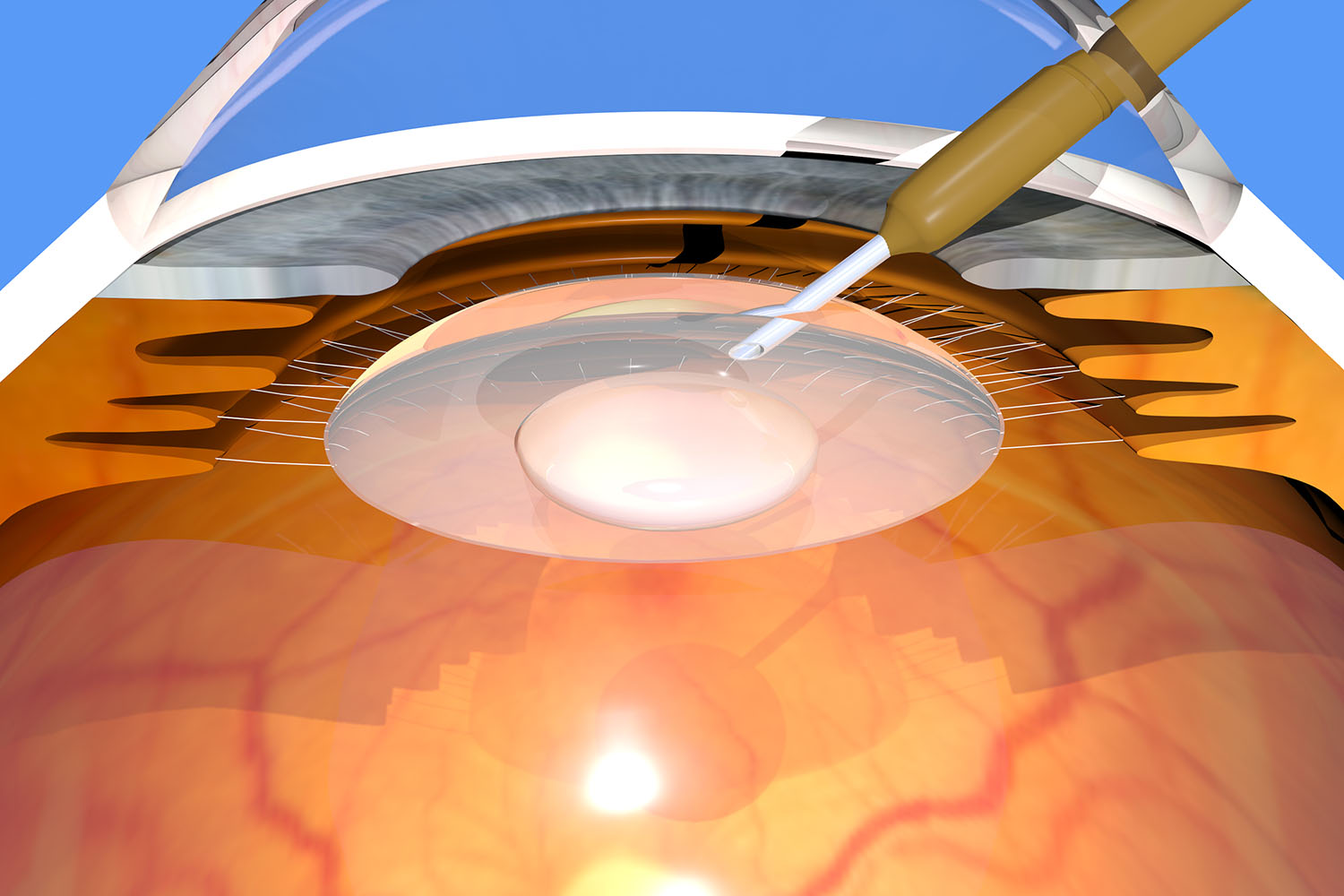Overview
Cataracts, the clouding of the eye’s natural lens, have long been a leading cause of vision impairment and blindness globally. In the realm of ophthalmology, phacoemulsification has emerged as a groundbreaking technique, revolutionizing cataract surgery and restoring vision to millions. This blog delves into the intricacies of phacoemulsification, backed by international research and expert insights.
What is Phacoemulsification?
Phacoemulsification is a modern cataract surgery technique that uses ultrasonic vibrations to emulsify (break up) the cloudy lens, which is then aspirated out of the eye. This minimally invasive procedure, introduced by Dr. Charles Kelman in the late 1960s, involves making a small incision, typically about 2-3 mm, in the cornea. An ultrasonic probe is inserted through this incision to break up the cataract, allowing for the removal of the lens fragments. A foldable intraocular lens (IOL) is then implanted to replace the natural lens.
The Procedure: Step-by-Step
- Anesthesia: Local anesthesia is administered to numb the eye.
- Incision: A small, self-sealing incision is made in the cornea.
- Capsulorhexis: A circular opening is created in the front portion of the lens capsule.
- Phacoemulsification: The ultrasonic probe emulsifies the cataractous lens.
- Aspiration: The emulsified lens fragments are aspirated out of the eye.
- IOL Implantation: A foldable IOL is inserted through the same incision and positioned in the lens capsule.
- Closure: The incision is self-sealing and usually does not require stitches.
Global Impact and Adoption
Phacoemulsification has become the gold standard for cataract surgery worldwide due to its numerous advantages over traditional extracapsular cataract extraction (ECCE) techniques. According to the World Health Organization (WHO), cataracts are responsible for 51% of world blindness, affecting approximately 20 million people. Phacoemulsification, with its quicker recovery times, reduced complication rates, and improved visual outcomes, has significantly contributed to combating this global health issue.
Advantages of Phacoemulsification
- Minimal Invasion: The small incision reduces the risk of infection and promotes faster healing.
- Quick Recovery: Patients typically experience rapid visual rehabilitation and can resume normal activities within days.
- Improved Outcomes: The precision of the procedure often results in better visual acuity and reduced postoperative complications.
- Versatility: Suitable for various types of cataracts and adaptable to different patient needs.
International Research and Innovations
Research continues to enhance the efficacy and safety of phacoemulsification. Recent studies have focused on optimizing ultrasonic energy delivery to minimize potential damage to surrounding ocular tissues. Innovations such as femtosecond laser-assisted cataract surgery (FLACS) have been developed to further refine the procedure. FLACS uses laser technology to perform some of the critical steps of phacoemulsification, such as corneal incisions and lens fragmentation, with even greater precision.
A comprehensive study published in the British Journal of Ophthalmology highlighted that phacoemulsification, combined with advanced IOLs like multifocal and toric lenses, significantly improves quality of life for patients, reducing dependence on glasses post-surgery. Additionally, research from the American Academy of Ophthalmology indicates that phacoemulsification’s safety profile has continuously improved, with a marked decrease in complications such as posterior capsule opacification (PCO).
Phacoemulsification stands as a testament to the advancements in ophthalmic surgery, offering hope and restored vision to millions affected by cataracts worldwide. Its evolution, supported by ongoing research and technological innovations, ensures that it remains at the forefront of cataract treatment. As the global population ages, the demand for efficient and effective cataract surgery like phacoemulsification will only continue to grow, highlighting the importance of this revolutionary technique in combating visual impairment on an international scale.
In conclusion, phacoemulsification has not only transformed the landscape of cataract surgery but also significantly improved patient outcomes, proving to be a pivotal advancement in the fight against blindness.



